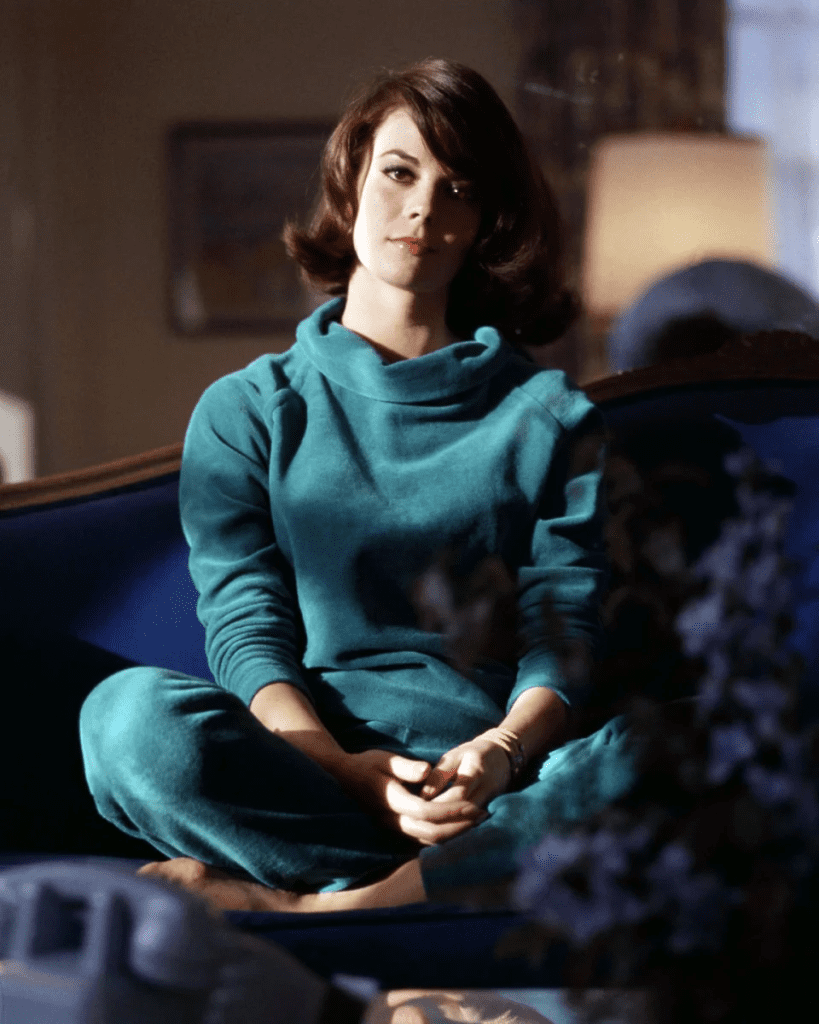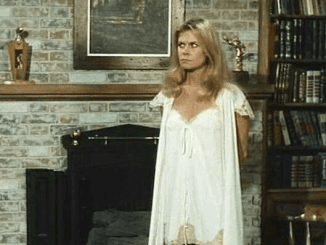Natalie Wood, the luminous star of Hollywood’s Golden Age, captured the world with her breathtaking beauty, remarkable talent, and spellbinding performances. Her career, spanning over four decades, was one of immense triumphs, but her life was shadowed by heartbreak, controversy, and tragedy. To this day, the mysterious circumstances surrounding her death leave fans and investigators puzzled, keeping her name alive in Hollywood’s most intriguing mysteries.
A Star is Born: The Early Life of Natalie Wood

Born Natalia Nikolaevna Zakharenko on July 20, 1938, in San Francisco, California, Natalie was the daughter of Russian immigrant parents who sought to live the American dream. Her mother, Maria, was ambitious and keenly focused on making Natalie a star. By the tender age of four, Natalie’s radiant charm landed her first uncredited role in the 1943 film Happy Land. This small opportunity marked the beginning of a remarkable, albeit tumultuous, journey to Hollywood stardom.
By 1945, the family moved to Los Angeles under the guidance of director Irving Pichel, who suggested the name “Natalie Wood” to help Americanize her image. From then on, Natalie’s career soared, solidifying her as one of Hollywood’s most beloved child actors by the age of eight with her performance in Miracle on 34th Street.
However, behind the glamorous façade lay a childhood marked by exploitation and manipulation. Natalie’s mother, Maria, was known for her controlling nature, using every tactic imaginable to push Natalie toward success, even if it meant subjecting her to distressing experiences.
Rising Stardom and Hollywood Struggles
By the mid-1950s, Natalie Wood had successfully transitioned from a child star to a teenage sensation. Her role as Judy in Rebel Without a Cause (1955) opposite James Dean earned her an Academy Award nomination for Best Supporting Actress. She became a Hollywood darling, adored by audiences and hailed by critics.
Despite her success, Natalie’s life behind the scenes painted a different picture. She worked in an era dominated by powerful studios that exercised ironclad control over actors’ careers. Natalie, like many others, had little say in the roles she accepted, leading to frustration with the lack of creative freedom.
This period also saw Natalie become a regular feature in gossip columns. At just 17, she was linked romantically with numerous Hollywood stars, including a brief but highly publicized relationship with Elvis Presley. However, many of these stories were orchestrated by studios seeking to maintain her public image.
A Career of Highs and Lows
Natalie’s career hit its peak in the early 1960s, with standout performances in West Side Story (1961) and Splendor in the Grass (1961), the latter earning her a second Oscar nomination. She became synonymous with Hollywood glamour, gracing red carpets and magazine covers.
Yet, fame came at a cost. By the mid-1960s, Natalie’s career took a downturn as several films failed to impress both audiences and critics. This rough patch led to personal struggles, including battles with mental health. Natalie attempted suicide in 1966 and decided to step back from acting to focus on her well-being.

Her resilience paid off. By 1969, Natalie made a triumphant return with Bob & Carol & Ted & Alice, a comedy-drama that showcased her range and proved she still had star power. Despite professional successes, her personal life remained tumultuous, marked by failed marriages and emotional turbulence.
Love, Betrayal, and Redemption
Natalie Wood’s love life was as dramatic as her on-screen performances. Her first marriage to actor Robert Wagner in 1957 was hailed as a Hollywood fairy tale. However, the couple divorced in 1961 amid rumors of infidelity. It wasn’t until years later that it was revealed Natalie had discovered Wagner with another woman, shattering her faith in love.
After a brief marriage to producer Richard Gregson, with whom she had a daughter, Natalie rekindled her romance with Wagner. The two remarried in 1972 and appeared to have found stability. Together, they blended their families and welcomed a second daughter, Courtney.
However, their relationship wasn’t free from speculation. Rumors of jealousy and arguments followed them, creating an undercurrent of tension that many believe contributed to the events surrounding Natalie’s death.
The Mysterious Death of Natalie Wood
On November 29, 1981, Natalie Wood drowned near Catalina Island while aboard her yacht Splendour with her husband Robert Wagner and actor Christopher Walken. She was only 43 years old. Initially ruled an accidental drowning, the circumstances of her death raised more questions than answers.

Witnesses reported hearing heated arguments on the yacht before Natalie’s disappearance. The autopsy revealed unexplained bruises on her body, sparking theories of foul play. Decades later, in 2011, the case was reopened after the yacht’s captain alleged Wagner was involved in an argument with Natalie shortly before her death.
To this day, Natalie’s death remains classified as “drowning and other undetermined factors.” Her sister, Lana Wood, has publicly expressed doubts about the official account, further fueling suspicions. Did her tragic end result from a drunken accident, or was there something more sinister at play? The mystery endures, making her story one of Hollywood’s most haunting tales.
Behind the Glamour: Natalie’s Private Pain
Beneath the shimmering lights of fame, Natalie Wood carried deep emotional scars. Her childhood experiences, marked by her mother’s manipulation and a demanding industry, shaped her personality and mental health. She struggled with insecurities and trauma throughout her life.
One particularly dark chapter involves accusations that Natalie was sexually assaulted by a powerful Hollywood figure at the age of 16. Her sister Lana alleged in her memoir that their mother facilitated a meeting with the perpetrator, believing it would advance Natalie’s career. These revelations underscore the harrowing reality of exploitation in Hollywood’s Golden Age.
Natalie Wood’s Legacy: Beauty, Talent, and Tragedy

Despite the tragedies that marked her life, Natalie Wood’s contributions to cinema remain unforgettable. She was a trailblazer who broke barriers as one of the few child stars to achieve lasting success into adulthood. Her performances in West Side Story, Rebel Without a Cause, and Splendor in the Grass continue to inspire new generations of actors.
Natalie’s story also serves as a cautionary tale about the pressures of fame and the exploitation of young talent. Her mysterious death has overshadowed much of her legacy, but her fans choose to remember her for the light she brought to the screen.
Conclusion: A Star That Continues to Shine
Natalie Wood’s life was a tapestry of dazzling achievements, personal struggles, and unresolved mysteries. She was a symbol of Hollywood’s glamour but also a victim of its darker underbelly. Her tragic death at the height of her career left a void in the entertainment world, but her spirit endures through her work and the countless lives she touched.
As we look back on Natalie Wood’s life, we’re reminded of the complexities behind every star’s shine. Her story continues to captivate and inspire, proving that even in tragedy, beauty and talent leave an indelible mark on history.


